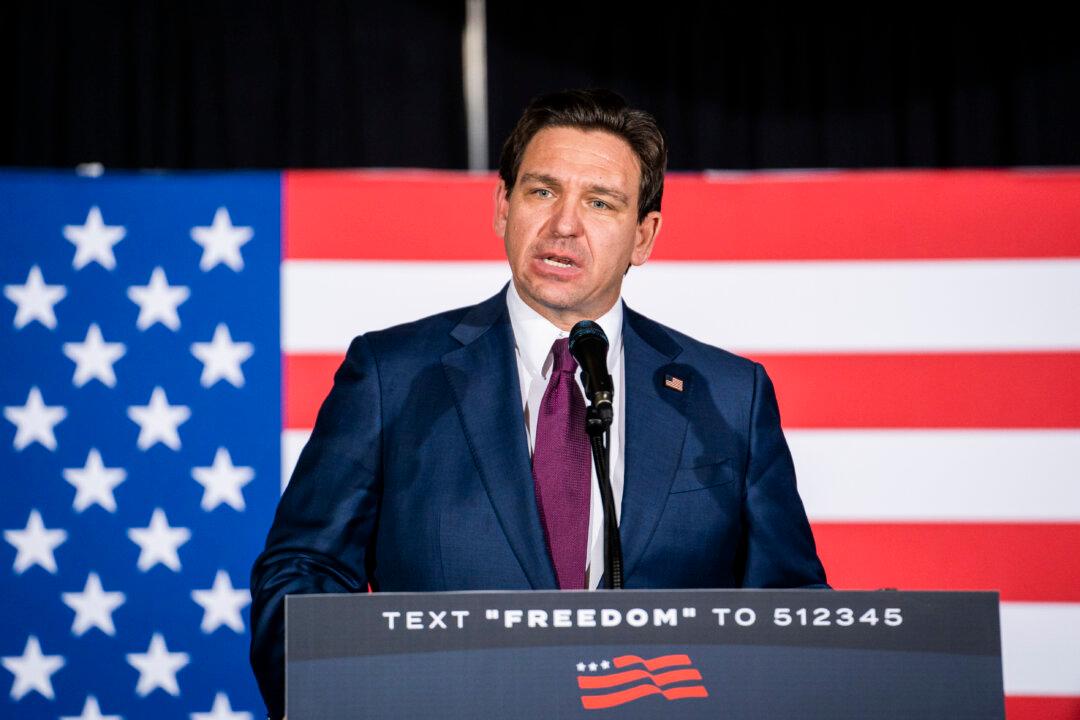Commentary
In politics, opponents of a young candidate often claim the young candidate is “not ready” or “should wait his turn.” Then, the opponents try to ensure that “his turn” never comes.

In politics, opponents of a young candidate often claim the young candidate is “not ready” or “should wait his turn.” Then, the opponents try to ensure that “his turn” never comes.